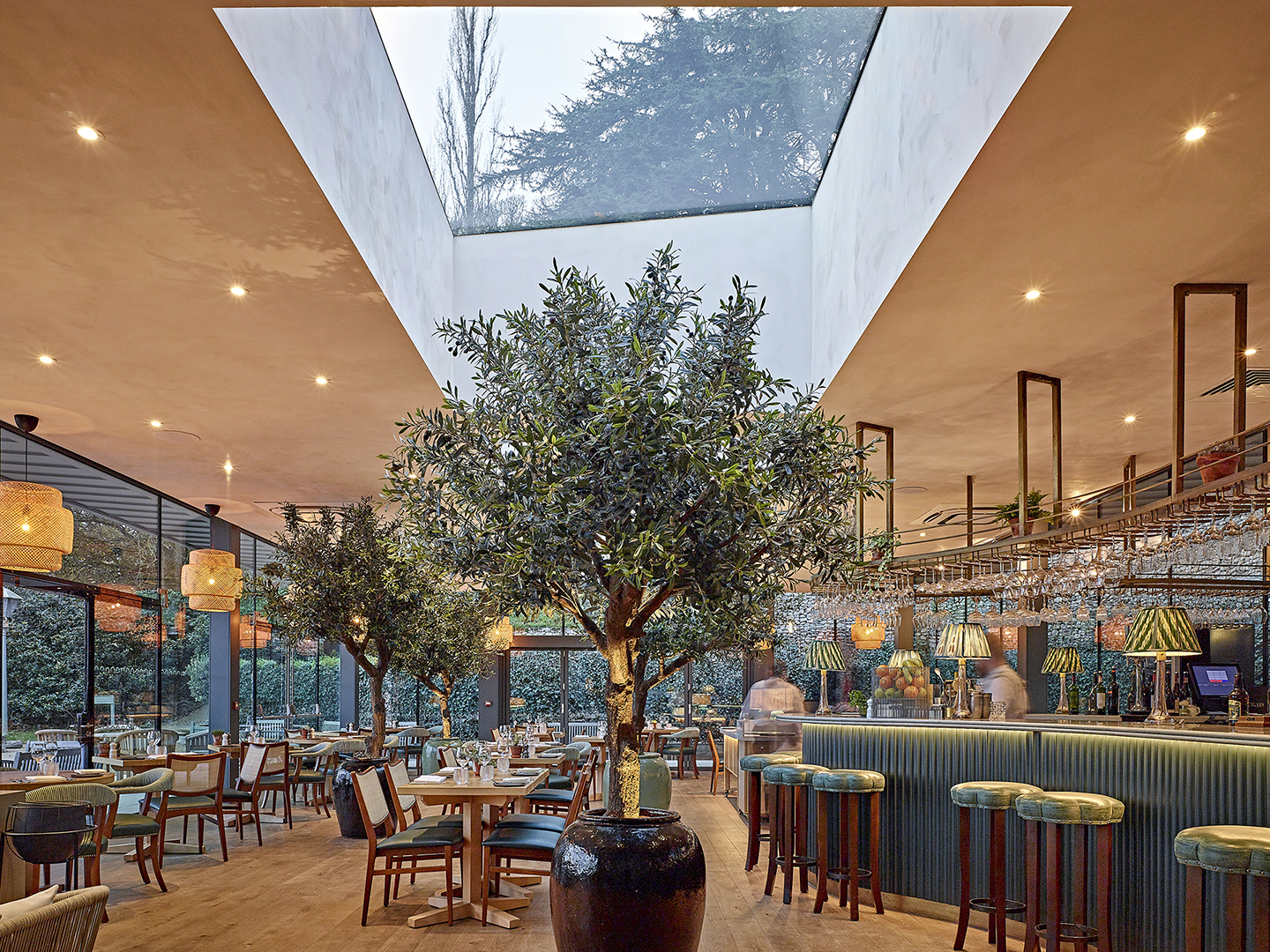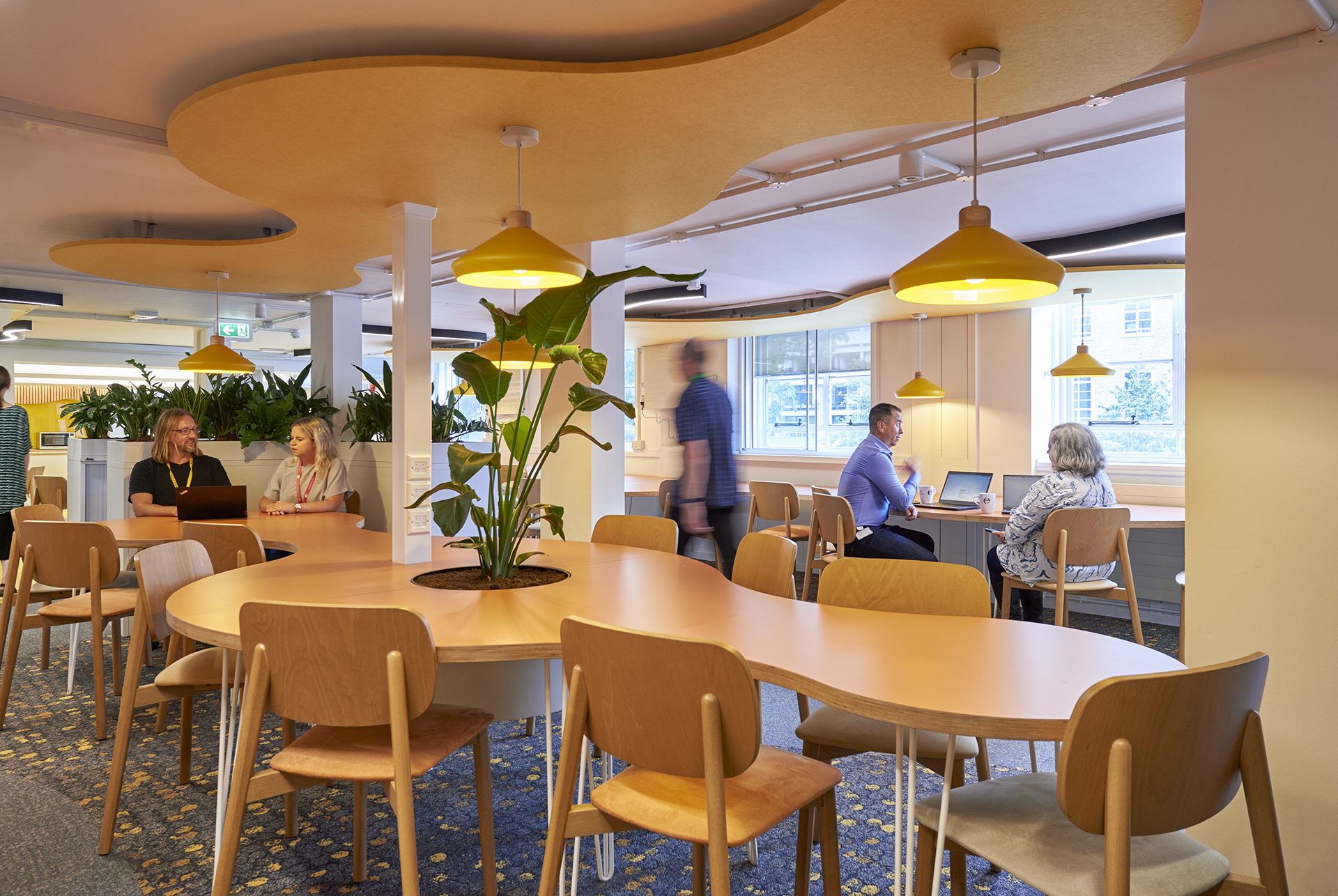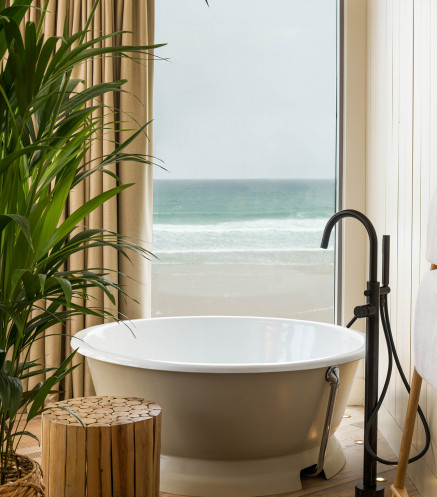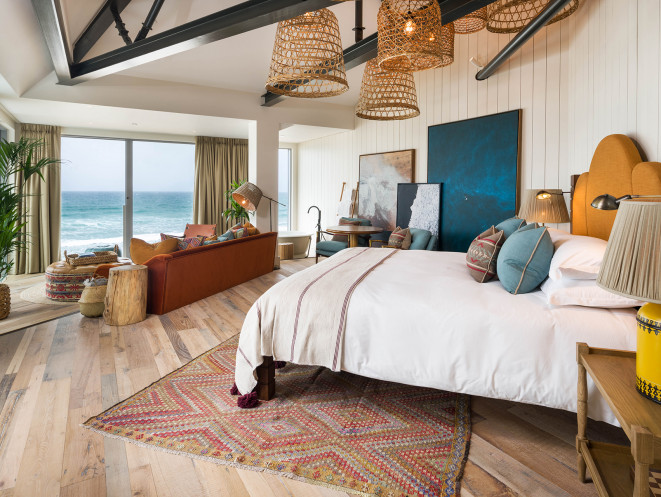
Interior design is the practice of enhancing the interior of a space to create an aesthetically pleasing and functional environment. This includes colour, material, fittings, furniture, lighting, texture, pattern, and decor selections. Often, we are asked by clients if as architects can also do the interior design, and this is indeed a service we offer as well as architecture.
A combined Interior Design and Architect appointment can have clear coordination and, frankly, fee saving advantages. However, there are a few things to consider when deciding whether or not to appoint a separate interior designer.
The benefit of appointing an architect to do the interior design is architects by nature of training tend to approach projects with a holistic perspective. This would usually mean that the interior design would align seamlessly with the building’s architectural and structural elements, creating a cohesive and integrated project. Having an architect who is skilled in interior design can streamline the design and construction process. This can lead to a good coordination between architectural and interior design elements, potentially reducing errors and delays.
On another hand, interior designers are experts specializing in this part of the design process. They have extensive knowledge and training focused specifically on creating aesthetically pleasing, functional, and comfortable interior spaces. Interior designers exhibit a keen eye for details, such as selecting furniture, lighting, fabrics, and accessories that can significantly impact the overall design. Interior designers also have established relationships with vendors, suppliers, and craftspeople in the industry. These connections can lead to better pricing, access to unique products, and a smoother procurement process.
On the Birkbeck University Professional Services Workplace project where we refurbished a cellular office into an open-plan space, we worked as both architects and interior designers to complete the design of a new agile workspace. We produced a mood board to help us and the client to visualise the aspiration of the space. We visited various showrooms to decide on finishes selection. We also designed custom furniture which was carefully co-ordinated to fit the limited space constraints without compromising the design intent. The project was successful in creating a lively and cheerful work environment.
We have also worked on many projects with interior designers as part of our design team in the past. One of which was in the Watergate Bay Hotel Beach Loft project where we worked closely with Dynargh Design. It was a collaborative process to ensure that the architecture of the building and the interior design would be cohesive. We did this through workshops where we presented the spaces to Dynargh Design and incorporated their sketch ideas into our drawings. Dynargh Design worked with us to decide on architectural finishes to bring their design concepts to life. Working in this collaborative way with another designer enriched the project as it brought their experience onto the project and a different perspective to the design.
In summary, we can and frequently do carry out the interior design role on projects. However, sometimes for more complex projects, or when a high degree of specialism is needed, engaging a separate interior designer in addition to an architect can deliver a better result, but in this case it is critical that the architect and interior designer work hand-in-hand to deliver a co-ordinated design.
Jolene Hor
Architect

Jolene has worked at Tate+Co since 2019 on a variety of projects at different stage, primarily in the education and leisure sector. Her projects include York St John University Creative Centre, and the refurbishment of Birkbeck University Professional Services Workspace where she played a key role in the design and construction process. She has led the planning application process for Watergate Bay Hotel comprising a 6,850sqm masterplan which includes a new hotel and an apart hotel building with new facilities and a pavilion.
Jolene received her B(Sc)Hon Architecture in Malaysia where upon completion she gained professional experience at Veritas Architects and KSKA Arkitek. During her time there, she worked on several large-scale commercial, residential and mixed development projects.
Jolene then pursued her masters in London where she received MArch Architecture (ARB/RIBA Part 2) from The Bartlett School of Architecture before completing her Part III certificate at Westminster University. Her previous experience working at London-based practice Burrell and Mistry involved work on Paragraph 55 Exceptional Quality (now Paragraph 80) houses and during her time at Grimshaw Architects she worked on the Heathrow Expansion Project.
Jolene’s passion for architecture is fuelled by research and experimentation with various technologies and mediums. During her masters studies she adopted 3D animation and filmmaking as iterative design tools, exploring alternative perceptions of space from the journeys of multiple personas and users — time-based elements were introduced into projects to create an intangible human experience.



